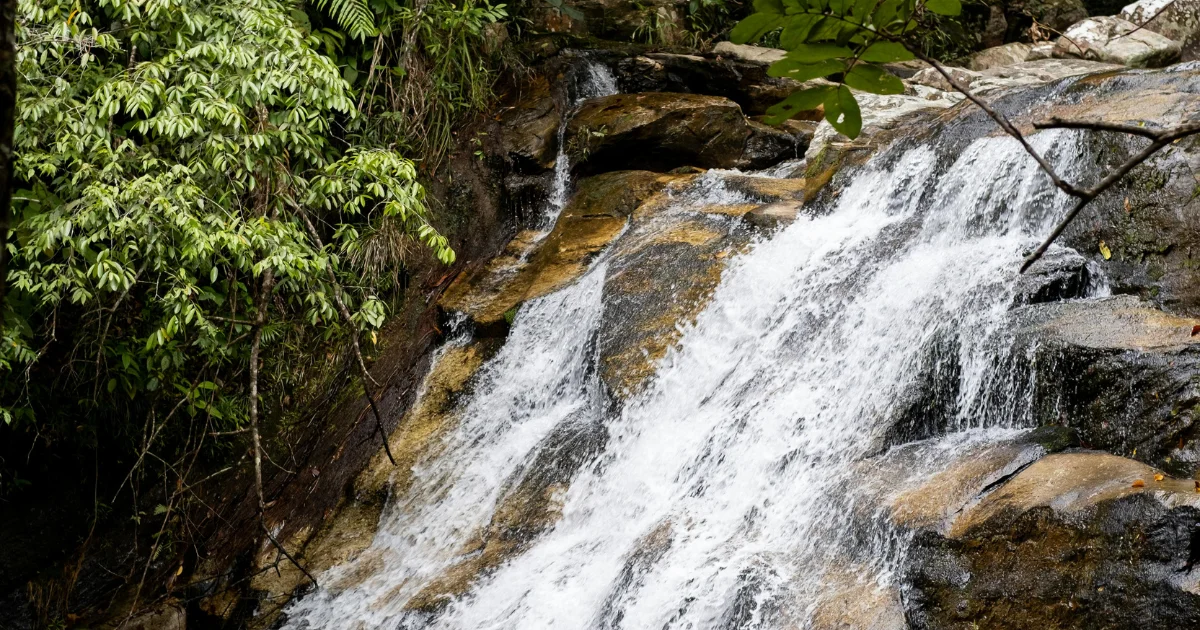How Trees Naturally Cool and Protect the Planet
Introduction Trees are nature’s air conditioners and play a crucial role in regulating the Earth’s climate. They not only provide oxygen but also absorb carbon dioxide (CO2), a significant greenhouse gas that traps heat in the atmosphere. By cooling their surroundings, trees help in reducing temperatures, preventing soil erosion, and maintaining biodiversity. Let’s explore the different ways trees naturally cool and protect our planet.
Table of Contents
ToggleTrees Absorb Carbon Dioxide
One of the primary ways trees help cool the Earth is by absorbing carbon dioxide during photosynthesis. This process allows them to take in CO2 and release oxygen back into the air. By removing CO2 from the atmosphere, trees reduce the greenhouse effect, which contributes to global warming.
Key Points:
Each mature tree absorbs around 48 pounds of CO2 per year.
Forests act as carbon sinks, storing large amounts of carbon and reducing its presence in the atmosphere.
Trees Provide Shade and Reduce Urban Heat
Trees offer natural shade, which cools both rural and urban areas. In cities, known for their “urban heat islands,” concrete, asphalt, and buildings retain heat, causing higher temperatures. Planting trees in these areas can lower temperatures by blocking sunlight and cooling the air around them.
Key Points:
Trees can reduce temperatures in cities by up to 10°F.
Shaded areas require less air conditioning, leading to lower energy consumption and fewer emissions.
Evapotranspiration: Trees Release Moisture into the Air
Trees naturally release water vapor through a process called evapotranspiration. This process cools the surrounding air, similar to how sweating cools our bodies. As the water evaporates from a tree’s leaves, it cools the surrounding area, lowering local temperatures and improving the climate.
Key Points:
One large tree can release up to 100 gallons of water vapor per day.
Areas with higher tree density experience cooler temperatures due to increased evapotranspiration.
Trees Prevent Soil Erosion and Flooding
Tree roots play a vital role in stabilizing soil and preventing erosion. This is essential for maintaining healthy ecosystems and protecting water quality. By preventing soil erosion, trees help reduce the amount of sediment that flows into rivers and lakes, keeping these water sources cleaner and cooler.
Key Points:
Trees reduce runoff by capturing rainwater in their canopies.
Root systems absorb excess water, which helps prevent floods and soil erosion.
Forests Support Biodiversity and Protect Ecosystems
Trees create habitats for countless species, fostering biodiversity. Forest ecosystems are home to millions of plants, animals, and microorganisms that rely on trees for shelter and food. Healthy forests maintain biodiversity, which is essential for resilient ecosystems that can withstand climate change impacts.
Key Points:
Forests support 80% of the world’s terrestrial biodiversity.
Biodiversity contributes to ecosystem stability, helping forests recover from environmental changes.
Trees Improve Air Quality
In addition to cooling the air, trees filter pollutants such as dust, smoke, and harmful gases like sulfur dioxide and nitrogen oxides. This improves the quality of the air we breathe, benefiting both human health and the environment.
Key Points:
Trees absorb pollutants, reducing respiratory illnesses.
Urban areas with more trees show lower pollution levels and improved public health.
Trees Slow the Pace of Climate Change
By reducing CO2 levels, cooling urban areas, and preventing soil erosion, trees play a significant role in combating climate change. Trees are natural climate regulators, helping to slow down global warming by storing carbon and creating cooler microclimates. Through reforestation and responsible forestry, we can maximize the climate-protecting benefits of trees.
Key Points:
Forests absorb about 2.6 billion tons of CO2 every year.
Reforestation can reverse some of the damage caused by deforestation and industrialization.
Relevant post: In impressive trees influence the climate in 2024
Other Relevant: Trees and Climate Change: How Forests Benefit the Climate
Conclusion
Trees are essential for a healthy planet. By naturally cooling the environment, protecting soil, improving air quality, and supporting biodiversity, they offer countless benefits that help combat climate change. Planting and conserving trees is a simple yet powerful way to protect our planet for future generations.




